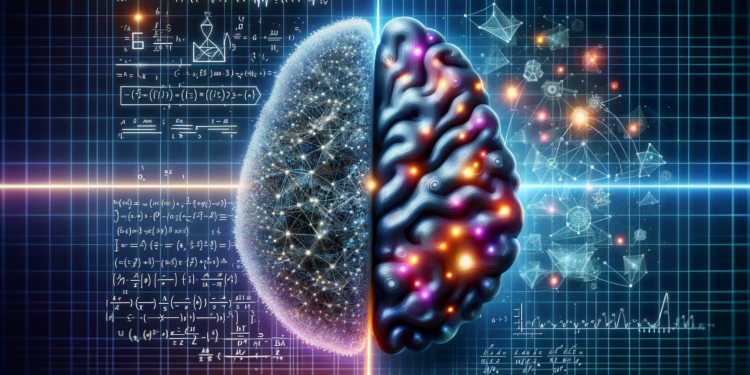Artificial intelligence (AI) has transformed the technological landscape, permeating every corner of research and practical application. As AI models and algorithms become increasingly complex, there is a pressing need to understand and implement effective techniques to enhance their generalization and prevent overfitting. At the heart of these efforts lies regularization, a fundamental cornerstone for the development of robust and reliable models. This article provides a detailed glossary of key terms related to regularization in AI, covering everything from the basics to recent methods, with an emphasis on their practical relevance and impact on the field.
1. Regularization: Definition and Purpose
Regularization is a strategy that adjusts a machine learning model’s loss function to penalize the complexity of the model, thereby reducing the risk of overfitting. Overfitting occurs when a model learns the noise or specific fluctuations from the training dataset to such an extent that it negatively impacts its performance on new data. Therefore, regularization becomes an indispensable technique for enhancing a model’s ability to generalize from previously unseen data.
2. Overfitting and Generalization
Overfitting is the phenomenon where a model captures patterns that are too specific to the training set and fails when tested on new data. Generalization, on the other hand, is the model’s ability to adapt and make accurate predictions on unseen data. Regularization seeks a balance between learning from the data and preserving the flexibility for generalization.
3. Underfitting
When a model is too simple to capture the underlying structure in the data, it is said to be underfitting. An underfitted model will perform poorly on both training and test data, and regularization must be applied carefully to avoid this scenario.
4. L1 (Lasso) and L2 (Ridge) Penalization
These are two common types of regularization. L1 regularization, known as Lasso (Least Absolute Shrinkage and Selection Operator), introduces a penalty equivalent to the absolute value of the model coefficients. L1 can lead to the elimination of some weights, resulting in simpler and often more interpretable models.
Conversely, L2 regularization, or Ridge, uses the square of the weights to penalize the coefficients, encouraging small but not necessarily zero weights. This leads to a more uniform distribution of weights and numerical stability in models.
5. Elastic Net
Elastic Net is a regularization technique that combines the L1 and L2 penalties, harnessing the benefits of both. This is particularly useful in situations where there are many correlated features.
6. Dropout
In neural networks, dropout is a regularization technique where units within the network are randomly removed during the training phase. This prevents units from developing excessive dependencies on each other, strengthening the model’s generalization ability.
7. Batch Normalization
Although primarily used to speed up the training of deep neural networks, batch normalization can also act as a form of regularization, as it may reduce the need for dropout and other regularization techniques.
8. Early Stopping
This involves stopping the training once the model’s performance ceases to improve on a validation set. This is a natural form of regularization, as it prevents the model from continuing to learn exclusively from the training set.
9. Data Augmentation
Data augmentation is a technique that artificially increases the size and diversity of the training set by generating altered but realistic data. This method can enhance the robustness of the model and its generalization capability.
10. Transfer Learning
Transfer learning involves using a pre-trained model on one dataset and adapting it to a different task. This technique leverages the knowledge gained and generalizes to new tasks, assuming an implicit form of regularization.
11. Ensembles (Ensemble Methods)
Ensemble methods, such as bagging and boosting, combine predictions from multiple models to improve generalization. These strategies can be considered a form of regularization, as they reduce variance without significantly increasing bias.
12. Recent Advances
Recent research in regularization aims to develop adaptive techniques that automatically optimize the balance between bias and variance in AI models. Studies focused on causal interpretation, generative adversarial networks, and neural network pruning techniques are at the forefront of model optimization.
In summary, regularization is an essential tool in the arsenal of any AI professional, from those developing commercial applications to scientists pioneering new machine learning methodologies. Delving into these techniques not only fosters innovation in the area but also promotes the development of more stable and reliable solutions for a wide range of challenges in today’s technological world.
The complexity and depth of the concepts covered show that regularization is not a static topic, but rather a dynamic one, continually fueled by interdisciplinary contributions and expanded by the diversity of problems AI seeks to solve. As technology advances, a detailed understanding of these methodologies is imperative for continued progress and effective application of artificial intelligence.






















